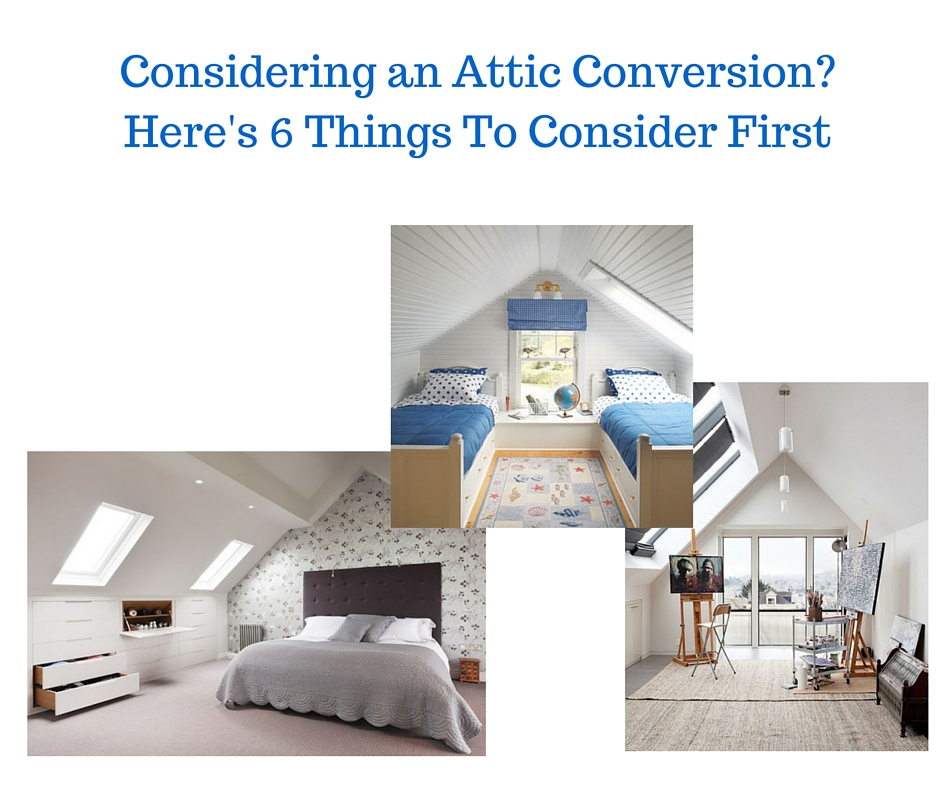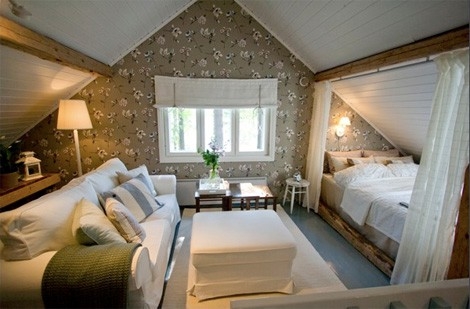 In our last post, we provided you with lots of inspiration for using that attic space as a useful room in your home, with some tips for making the most of its features – be they steeply slanted ceilings, chimney breasts, lots of natural light or narrow spaces. We also provided some ideas for different types of rooms – such as children’s bedrooms, guest bedrooms, studies, offices or playrooms. More and more people are extending their own homes rather than moving house as their family increases in size. Some are building extensions, others are converting garages and some are converting the attic.
In our last post, we provided you with lots of inspiration for using that attic space as a useful room in your home, with some tips for making the most of its features – be they steeply slanted ceilings, chimney breasts, lots of natural light or narrow spaces. We also provided some ideas for different types of rooms – such as children’s bedrooms, guest bedrooms, studies, offices or playrooms. More and more people are extending their own homes rather than moving house as their family increases in size. Some are building extensions, others are converting garages and some are converting the attic.
In this post, we’re going to give you some tips on the do’s and don’ts of converting an attic. See below:-
Do you need to apply for planning permission? You do if you are changing the structure of the roof, for example, adding in dormer windows or if you are adding a Velux window to the front of your house.
Are all houses suitable for attic conversions? Not necessarily – partly because they have to adhere to certain rules. For example, there needs to be at least two metres of clear headroom above the stairs to the attic. The treads of the stairs can’t be too shallow (no less than 220mm), the risers can’t be more than 22omm high and the pitch of the stairs no more than 42 degrees. It’s really to prevent accidents in case people install steep stairs with narrow steps. There needs to be decent height to part of the room (minimum 2.3 metres) so that adults can walk around without stooping over.
Another consideration is checking out what is supporting the roof of your house. If the supports are ‘trusses’, you will see lots of criss crosses of beams and these will take up room in the attic space. The support for the roof would have to be altered (you can’t just cut out some truss beams) and it is a good idea to get advice from an architect or engineer first.
Don’t forget safety, for example, in the case of fire. The doors should be self-closing fire doors or you need a window that is accessible with space below for a ladder.
Will it increase the value of your home? It may not increase the value beyond what you spend on the loft conversion but given the expenses involved (not to mention the amount of work in buying, selling and moving) in moving to a house that is slightly bigger, you would be saving significant sums if that room space is almost a necessity.
The best thing to do is to go up into your attic and have a good walk around. If you use chalk or cardboard to mark out where the necessary furniture will go, it will give you a sense of the space available. If neighbours living in your street or in similar houses have converted their attics, ask if they would let you view their attic conversion and it will give you a good idea as to the possibilities too.
If you’d like to get individual expert advice and a quotation from up to four rated tradesmen, do apply on our website by leaving your details and requirements.







